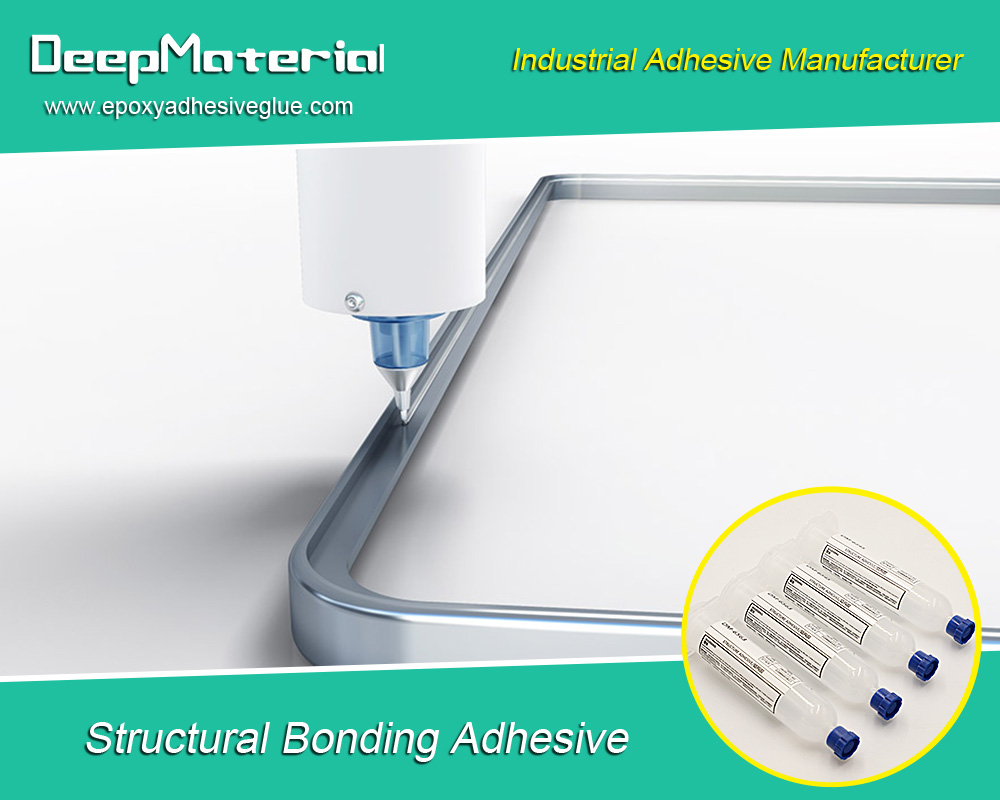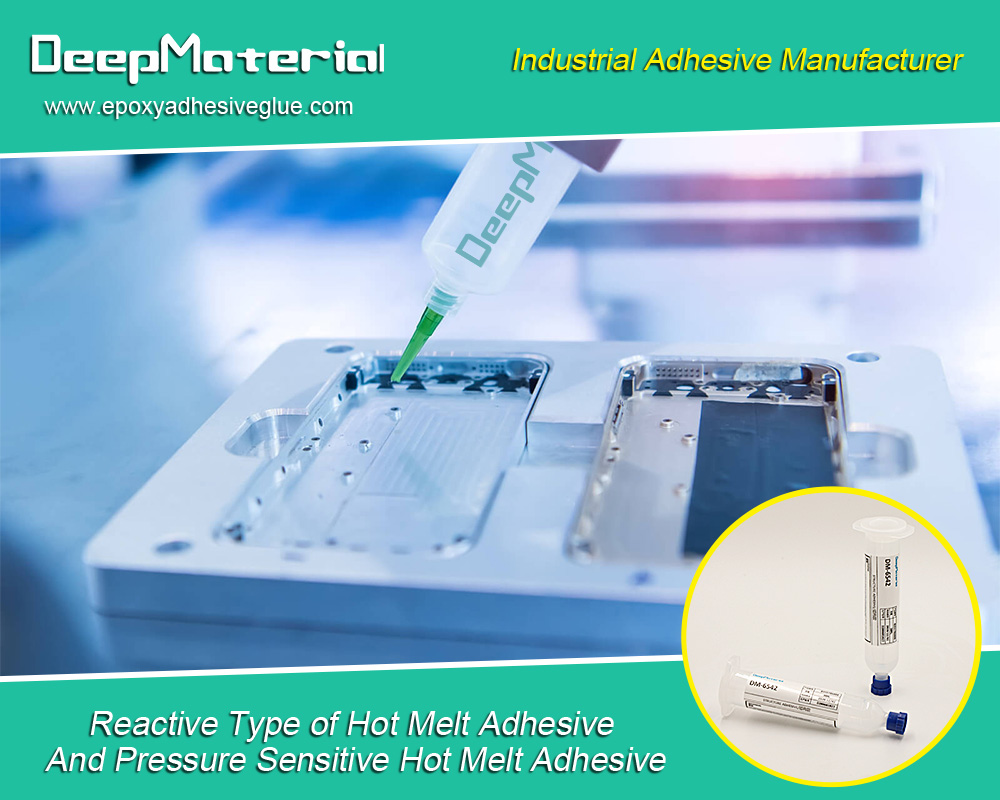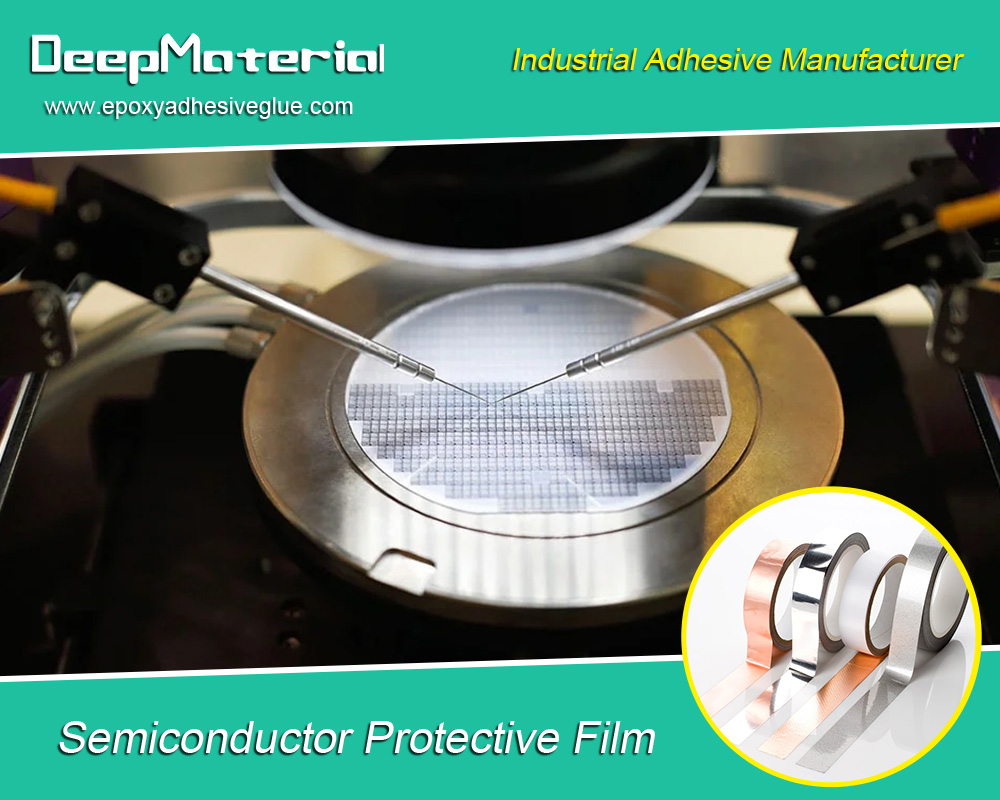The Complete Guide to Using Epoxy Glue for Glass to Metal Bonding
The Complete Guide to Using Epoxy Glue for Glass to Metal Bonding
Glass-to-metal bonding is essential in various industries, including aerospace, automotive, and construction. This bonding process requires a reliable adhesive to create a solid and durable bond between the glass and metal surfaces. Epoxy glue is an ideal adhesive for glass-to-metal bonding due to its high strength, durability, and chemical resistance. This blog post will provide a complete guide to using epoxy glue for glass-to-metal bonding.

Benefits of using epoxy glue for glass-to-metal bonding
Epoxy glue is a versatile adhesive that offers numerous benefits for glass-to-metal bonding applications. Here are some of the key benefits of using epoxy glue:
- Muscular bonding strength:Epoxy glue creates a strong bond between glass and metal surfaces. It can withstand significant pressure, making it ideal for heavy-duty applications.
- Excellent durability:Epoxy glue is resistant to temperature changes, moisture, and chemicals, making it a durable adhesive for glass-to-metal bonding.
- Chemical and solvent resistance:Epoxy glue can withstand exposure to various chemicals and solvents, making it a reliable adhesive for applications in industries such as automotive and aerospace.
- Easy to apply:Epoxy glue is easy to use, and its two-part adhesive system makes it versatile for various bonding applications.
Epoxy glue’s benefits make it an ideal adhesive for glass-to-metal bonding in various industries, including aerospace, automotive, and construction. The adhesive’s muscular bonding strength and durability provide long-lasting bonding solutions, while its resistance to chemicals and solvents ensures reliable performance even in harsh environments. Moreover, its easy-to-apply nature makes it a versatile adhesive for various bonding applications, including glass and metal surfaces. Overall, the benefits of using epoxy glue make it a reliable bond for glass-to-metal bonding applications.
Varieties of epoxy adhesive options
Single-component epoxy glue
One-part epoxy glue is a pre-mixed adhesive that requires no mixing or preparation before use. It is ideal for small-scale applications that require quick bonding.
Two-component epoxy glue
Two-part epoxy glue is a popular adhesive for heavy-duty applications that require a strong bond. It consists of two parts that must be mixed before use, allowing for precise application.
UV-cured epoxy glue
UV-cured epoxy glue is a fast-drying adhesive that requires exposure to UV light to cure. It is ideal for applications that require a quick and strong bond.
Bonding process stages
The bonding process involves several stages to ensure a solid and durable bond between two surfaces. The following are the stages involved in the bonding process:
- Surface preparation:The surfaces to be bonded must be cleaned thoroughly and free of any contaminants such as dust, dirt, or grease. This ensures proper adhesion of the bonding agent.
- Mixing: Depending on the adhesive used, the adhesive may require mixing before application. For example, a two-part adhesive requires combining the two parts in the correct proportion.
- Application: Depending on the bonding requirements, the adhesive is applied to one or both surfaces. The amount and type of adhesive applied to depend on the application and the bonded materials.
- Clamping:Clamping holds the surfaces together while the adhesive cures. This ensures a strong and durable bond.
- Curing: The adhesive needs sufficient time to cure, which involves the chemical process of hardening and solidifying. Curing time may vary depending on the adhesive used and environmental factors such as temperature and humidity.
- Finishing:Once the adhesive has fully cured, any excess adhesive or residue can be removed by sanding or trimming. This ensures a smooth finish and a professional appearance.
The bonding stages involve surface preparation, mixing, application, clamping, curing, and finishing. Proper execution of each stage is critical to achieving a strong and durable bond between two surfaces.
Tips for successful epoxy glue glass to metal bonding
Select the appropriate type of epoxy adhesive.
Different applications may require different types of epoxy glue. Consider factors such as the size of the surfaces to be bonded and the amount of pressure exerted on the bond. Choosing the suitable epoxy glue can ensure a solid and durable bond.
Properly sanitize the surfaces.
Before applying epoxy glue, ensure that the bonded surfaces are thoroughly cleaned. Dirt, oil, and debris can hinder the bonding process, so it is essential to use a suitable cleaning solution to remove any contaminants.
Follow the manufacturer’s instructions.
Different types of epoxy glue have varying instructions for use. Follow the manufacturer’s instructions carefully to ensure a successful bonding process. The instructions may include information on the mixing ratio, curing time, and application method.
Use the appropriate amount of epoxy glue.
Using too much or too little epoxy glue can compromise the bonding process. Use the appropriate amount recommended by the manufacturer for bonding surfaces. Over-application of epoxy glue can create uneven distribution and uneven surfaces.
Allow adequate time for curing.
Epoxy glue requires time to cure fully, and it is essential to allow sufficient time for fixing to ensure that the bond is solid and durable. The curing time can vary depending on the type of epoxy glue used, the size of the surfaces to be bonded, and the ambient temperature.

Conclusion:
Epoxy glue is a reliable adhesive for glass-to-metal bonding due to its high strength, durability, and chemical resistance. Following the proper steps and tips, you can achieve a successful bond between glass and metal using epoxy glue. Remember to choose the right type of epoxy glue, clean the surfaces thoroughly, follow the manufacturer’s instructions, use the appropriate amount of epoxy glue, and allow sufficient time for curing.
In summary, using epoxy glue for glass-to-metal bonding effectively creates solid and durable bonds in various industries. Understanding the benefits of epoxy glue, the different types available, and the steps involved in the bonding process can ensure a successful bond between glass and metal. By following the tips provided, you can maximize the adhesive’s effectiveness and create reliable, durable, and long-lasting bonds.
For more about choosing the complete guide to using epoxy glue for glass to metal bonding, you can pay a visit to DeepMaterial at https://www.epoxyadhesiveglue.com/category/epoxy-adhesives-glue/ for more info.











